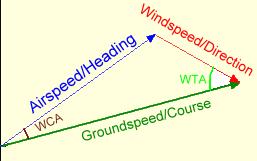Roscoe,
The plane doesn't feel the wind until a side slip is initiated. I used to have a yaw string on my windshield and later one on my wing, it clearly indicated the crosswind in the final stages of landing or at take off prior to crabbing.
This is just WAY wrong. The airplane feels relative wind in a slip, not the convective wind the earth makes, as seen by the windsock.

 I give up.
I give up.

